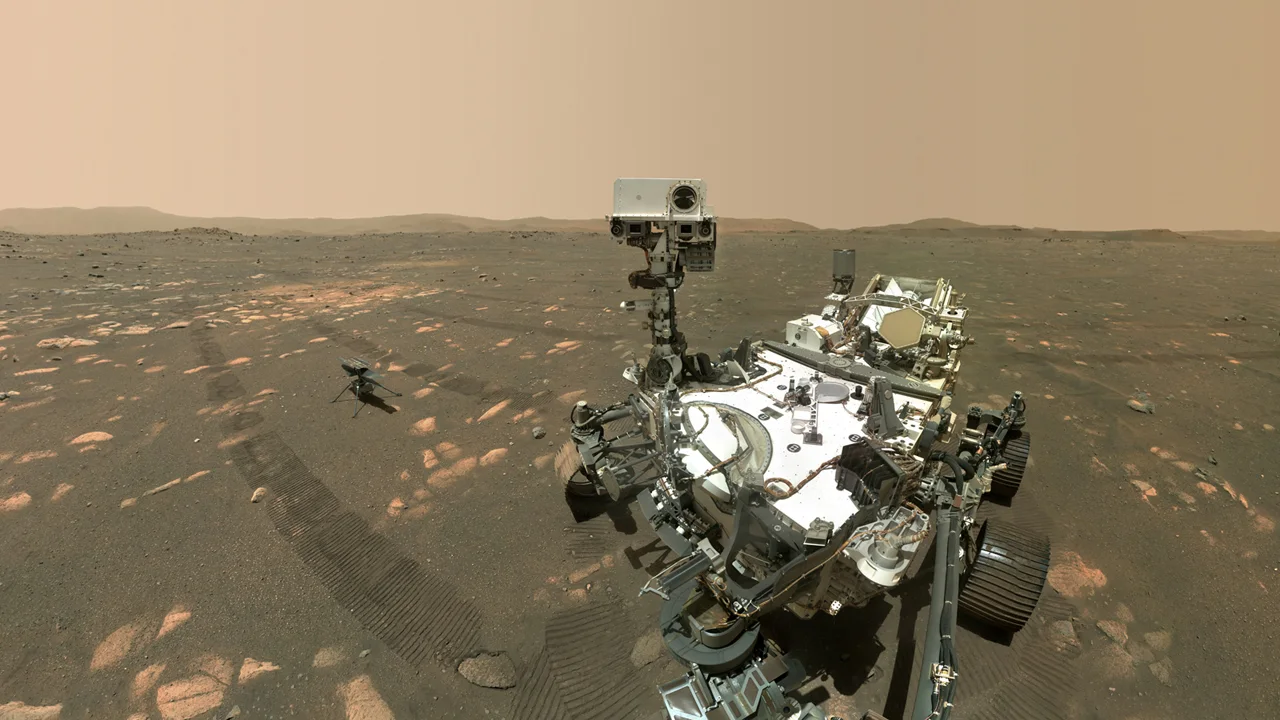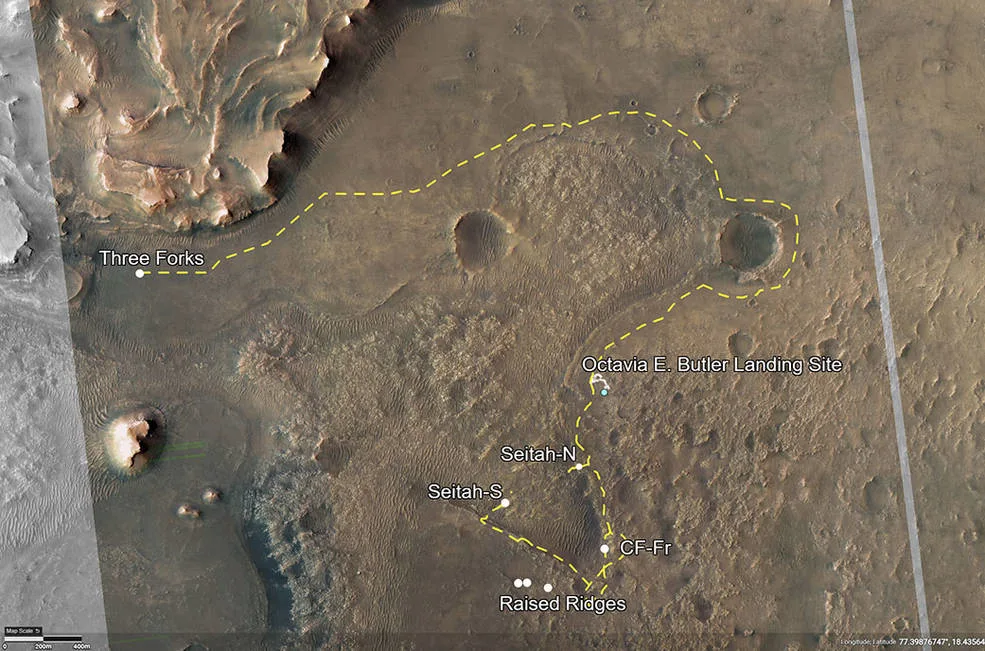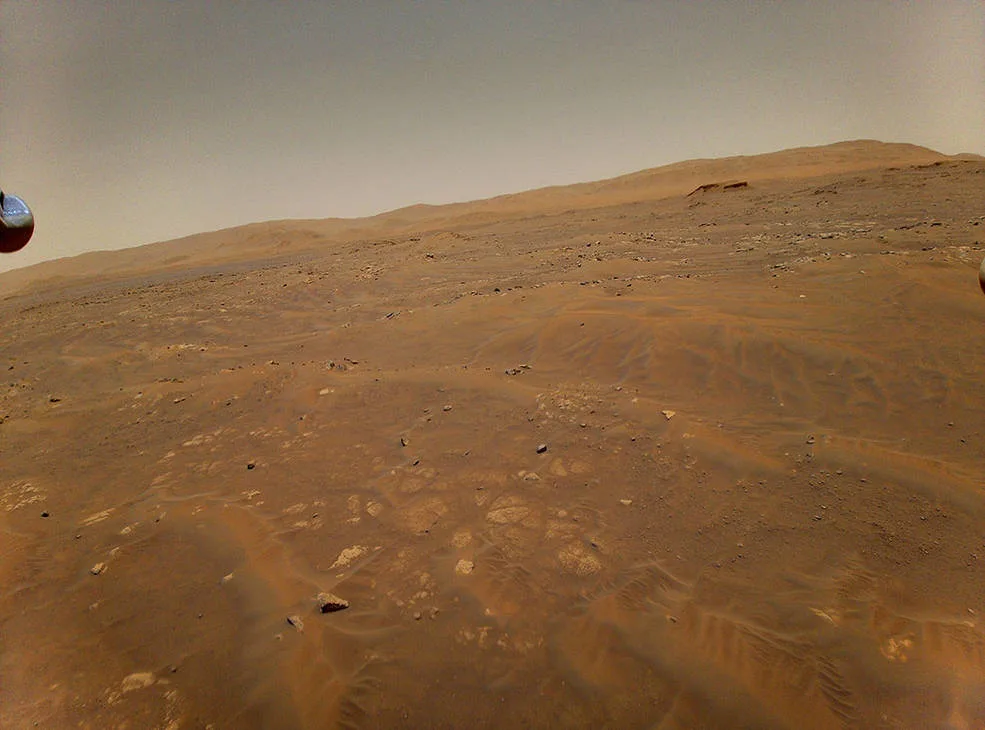
NASA's Perseverance rover begins its search for ancient Martian life
With the Mars helicopter now buzzing around on its own, Perseverance can focus its attention on answering one of the most important questions about Mars.
Did life ever develop on Mars? We have been trying to answer this question for over 200 years, ever since Percival Lowel thought he spied artificial canals on the planet's surface in 1894. Now, with NASA's Perseverance rover finally beginning its first science campaign, we may soon have our answer.
As of June 11, 2021, the Perseverance rover has been on Mars for a total of 110 Sols (Martian days) - nearly four Earth months. In that time, the rover has checked out all of its systems and instruments. It played an essential role in supporting Mars helicopter Ingenuity during flight tests and the start of a new 'operational' mission.
Courtesy NASA's Perseverance rover, check out the sites and sounds of Jezero crater on Mars
Now, with all of that behind it, NASA has green lit the rover team to begin its science mission and sample collecting.
"We are putting the rover's commissioning phase as well as the landing site in our rearview mirror and hitting the road," Jennifer Trosper, Perseverance project manager at NASA JPL, said in a statement. "Over the next several months, Perseverance will be exploring a 1.5-square-mile [4-square-kilometre] patch of crater floor. It is from this location that the first samples from another planet will be collected for return to Earth by a future mission."
According to NASA, the rover is setting off on a short drive to the south of its landing zone, towards two sites of interest: the "Crater Floor Fractured Rough" and "Séítah" geologic units.

Based on this AAA/CAA-style 'TripTik' for Perseverance's first science campaign, the team plans to approach the Séítah site from opposite ends, plus visiting the Crater Floor Fractured Rough site (CF-Fr), as well as some other sites of interest, along the way. Credit: NASA/JPL-Caltech/University of Arizona
"Starting with the Crater Floor Fractured Rough and Séítah geologic units allows us to start our exploration of Jezero at the very beginning," said astrobiologist Kevin Hand, who is the co-lead, along with Vivian Sun, of this science campaign at JPL. "This area was under at least 100 meters of water 3.8 billion years ago. We don't know what stories the rocks and layered outcrops will tell us, but we're excited to get started."
Séítah, which means "amidst the sand" in Navajo, was a site scouted during the sixth flight by the Ingenuity helicopter.

The Séítah geologic unit, as photographed from 10 metres in the air by the Ingenuity helicopter, on May 22, 2021. The small metal sphere towards the top left of the image is one of Ingenuity's 'feet'. Credit: NASA/JPL-Caltech
With Ingenuity past its flight test stage, the helicopter has started a new mission to prove the value of having a flying drone support a rover science mission. What Perseverance finds at Séítah should provide the first validation of that role.











